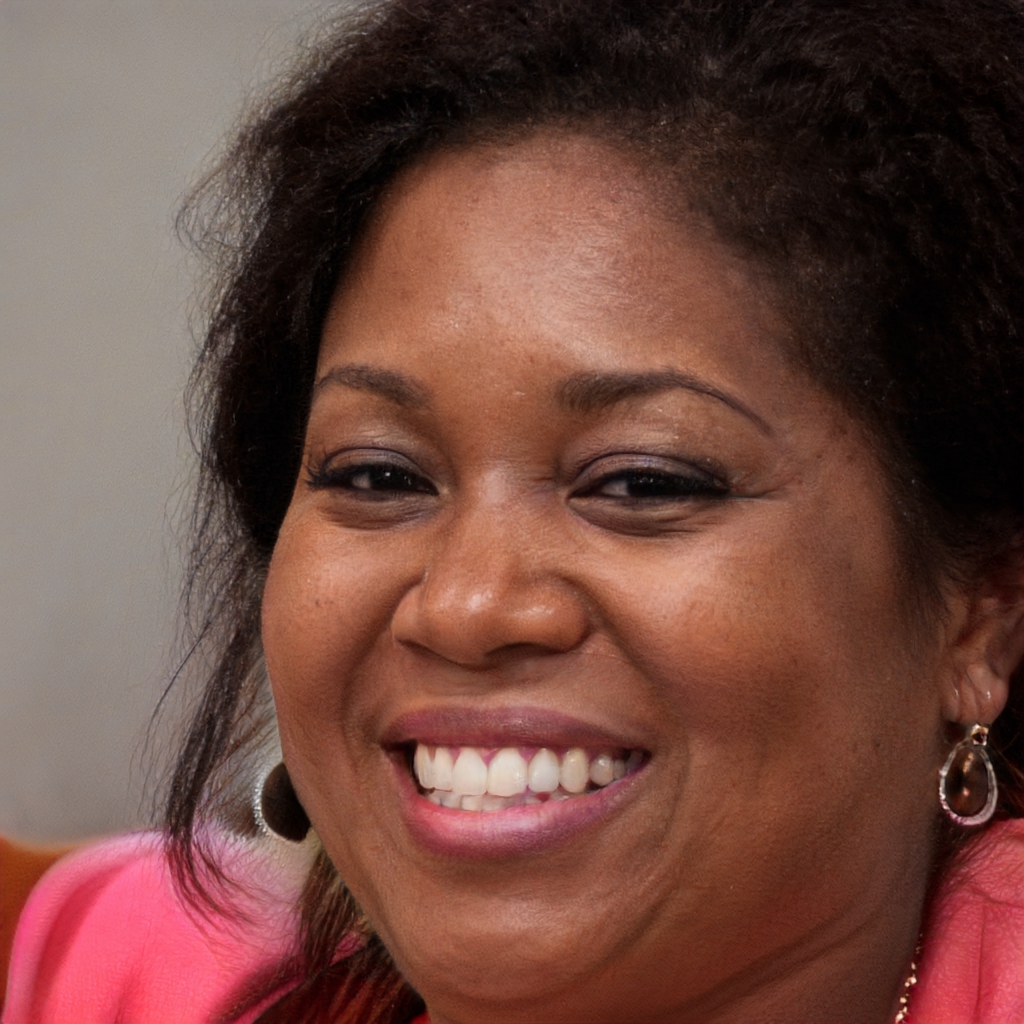From the University of Pittsburgh comes a study showing how a smartphone can find out if you've had too much to drink with 90% accuracy
Drinking too much alcohol is not only bad for your health, but it's also dangerous for others if we get behind the wheel after drinking. For this reason, for years, all governments around the world have launched information campaigns aimed at dissuading citizens, especially young people, from driving after drinking.
The problem, however, is that those who drink rarely realize that they are not able to drive: everyone says they have drunk little and that there are no risks. For this reason the same Governments have imposed very low legal limits on the percentage of alcohol in the blood of those who drive: in Italy the maximum allowed alcohol level is 0.5 grams per liter of blood, in the USA 0.08% per 100 ml of blood. Different measures that indicate the same thing: it is enough to drink very little to exceed the legal limits and become dangerous. Yet millions of people around the world still drive after drinking too much. The answer, perhaps, may come from a study by the University of Pittsburgh School of Medicine: a smartphone app tells you when you've exceeded the limit.
How to know if you've had too much to drink with an app
Based on the research by the American university is the observation that those who drink too much have poor muscle control, slower reflexes and often stagger. Even slightly, sometimes almost imperceptible to the human eye. But not for an accelerometer, like the one found in all modern smartphones. For this, 22 adults between 21 and 43 years of age were selected and made to drink vodka while they had a smartphone hooked to the lower body with a rubber band. Shortly thereafter, a special app began recording the volunteers' movements in search of something abnormal. The result? In 90% of the cases, the app was able to detect a subject with a blood alcohol level higher than 0.8%.
Life-saving sensors
It will still take quite a while before this study can be turned into a new feature for our smartphones, but one thing is now clear: the large amount of sensors on our smartphones, and their ever-increasing quality and sensitivity, can be used for purposes beneficial to society as a whole. Google, for example, has begun a program that will lead in a few years to use smartphone sensors as seismographs. This, too, could save thousands of lives each year around the world.
